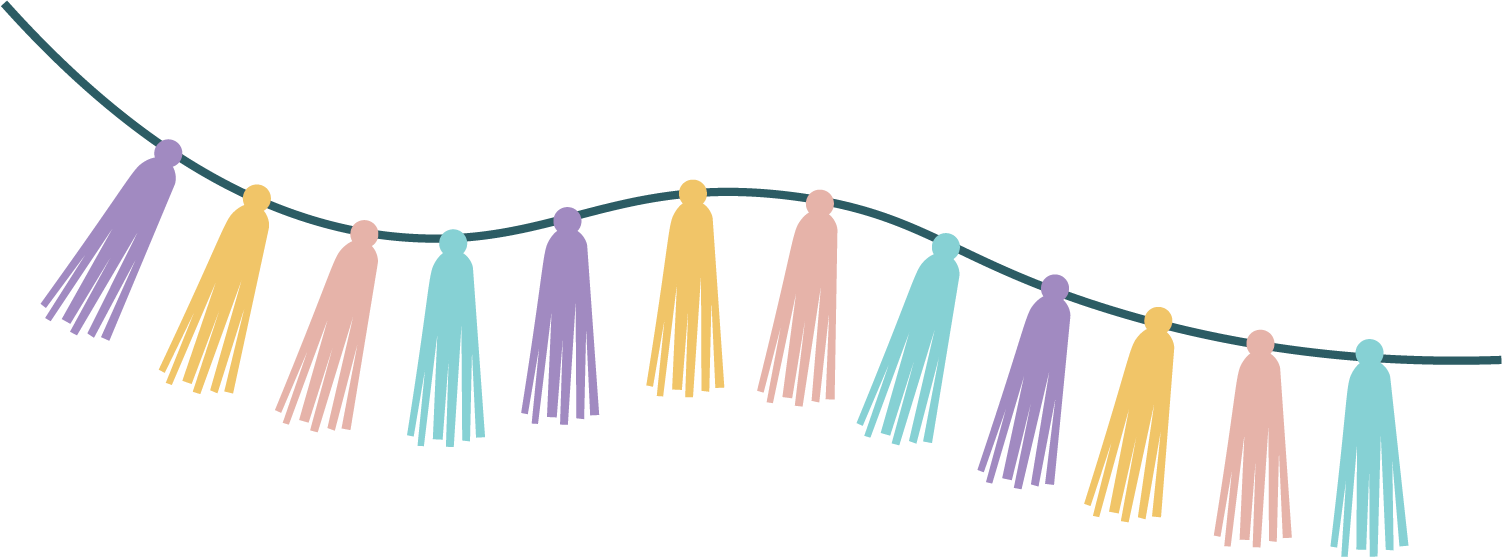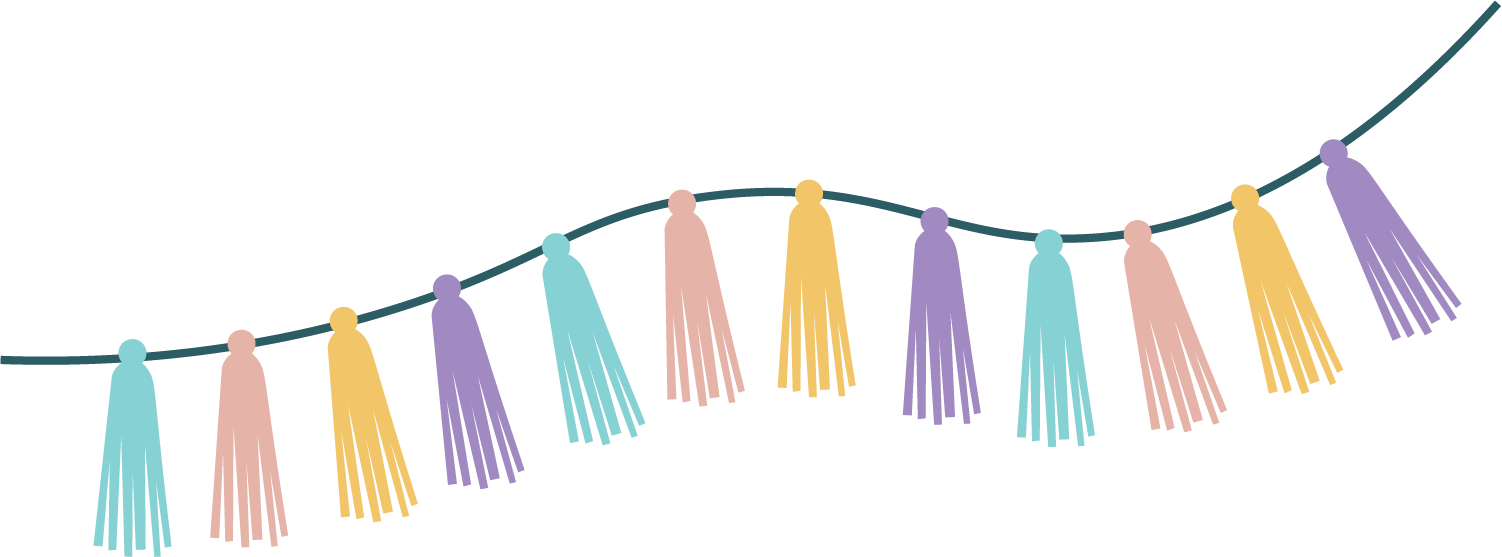Parenting a child with Autism comes with unique challenges, one of the most prevalent being Anxiety. Children on the autism spectrum often experience heightened levels of Anxiety due to difficulties in understanding and navigating social situations, and communication barriers. Addressing Anxiety in these children is crucial for their overall well-being and development. Applied Behavior Analysis (ABA) has emerged as a practical approach to assisting children with Autism in managing Anxiety. This article explores the intersection of Anxiety and Autism in children and delves into how ABA techniques can offer valuable support.
Understanding Anxiety in Kids with Autism
Anxiety is a prevalent co-occurring condition in children diagnosed with Autism Spectrum Disorder (ASD). The difficulties they encounter in processing Receptive information, adapting to change, and interpreting social cues significantly elevate their anxiety levels. Children with ASD commonly grapple with expressing their emotions, often manifesting Anxiety through behaviors such as repetitive movements, meltdowns, or withdrawal. ABA behavioral therapy can play a crucial role in helping children with ASD manage these manifestations of Anxiety while addressing their specific needs.
Moreover, the inability to predict or control events can intensify their Anxiety. For instance, transitions from one activity to another or unfamiliar environments can trigger immense stress. Recognizing Anxiety in these children might require a nuanced understanding of their triggers and manifestations.
The Role of Applied Behavior Analysis (ABA)

ABA is a therapeutic approach focusing on understanding and improving behaviors by applying behavioral principles. It is widely recognized as an evidence-based practice for children with Autism. ABA techniques are tailored to meet the unique needs of each child, helping them develop skills and reduce challenging behaviors.
In the context of anxiety management, ABA therapy in Monrovia, CA, offers a structured framework to identify, analyze, and address the triggers of anxiety in children with Autism. By breaking down complex tasks into smaller, manageable steps, ABA therapy helps children build coping mechanisms and develop skills to handle anxiety-inducing situations. This specialized therapy, available in Monrovia, CA, caters to the unique needs of children on the Autism Spectrum Disorder spectrum, providing tailored support to manage anxiety.
Benefits of ABA in Managing Anxiety in Kids with Autism
The tailored nature of ABA interventions makes it particularly effective in addressing Anxiety in children with Autism. Some benefits include:
Individualized Approach: ABA programs are tailored to each child’s specific needs, allowing for personalized strategies to manage anxiety triggers.
Skill Development: ABA helps teach practical skills that empower children to handle anxiety-inducing situations independently.
Generalization of Skills: ABA aims to generalize skills across various settings, enabling children to apply coping strategies in different environments.
Collaboration and Family Involvement: ABA involves collaboration between therapists, educators, and parents, ensuring a comprehensive support system for the child both at home and in school.
Long-term Impact: By equipping children with effective coping mechanisms, ABA interventions have the potential for long-term positive effects on anxiety management.
Challenges and Future Directions
While ABA techniques have shown promise in managing Anxiety in children with Autism, challenges persist. Accessibility to ABA services, variability in therapist training, and individual differences in response to interventions need attention.
Furthermore, ongoing research and advancements in ABA techniques aim to enhance its efficacy in addressing Anxiety in children with Autism. Incorporating technological innovations, refining intervention strategies, and promoting greater awareness and accessibility to ABA services are essential for improving outcomes.
Ten ways to Reduce Anxiety in autism children
Embrace Varied Communication Forms
Use video modeling, social stories, checklists, and visual schedules to communicate plans and expectations to your child effectively. Social stories, in particular, provide a structured walk-through of the plan, offering predictability and a sense of control that can ease Anxiety.
Establish a Receptive Diet Plan
Implement routine Receptive activities throughout the day to support regulation. Allocating “quiet time” preemptively before the day’s activities can be beneficial in preventing overwhelm.
Incorporate Deep Touch Pressure
Integrate deep touch pressure techniques into your child’s routine using weighted wearables, compression garments, weighted blankets, or lap pads. These provide increased proprioceptive input, known to have a calming effect and reduce Anxiety.
Recognize Signs of Distress
Be vigilant about nonverbal signs indicating your child’s escalating Anxiety or overstimulation. Identifying these signs early enables proactive regulation before reaching a meltdown.
Design a Safe Receptive Space
Create a designated safe space where your child can find calmness and regroup. These spaces alter Receptive input, providing relief in situations of Receptive overload that contribute to Anxiety.
Leverage Communication Technology
Consult with professionals to explore assistive technology aiding your child’s communication of needs and emotions. Simple tools like laminated icon-based boards or specialized AAC programming can assist in managing anxiety-related communication.
Encourage Self-Soothing Strategies
If feasible, encourage self-soothing techniques like counting slowly, deep breathing, meditation, or visualization exercises.
Explore Different Therapies

Consider alternative therapies such as Cognitive Behavioral Therapy, Exposure Therapy, or specific pharmacological interventions tailored for children with Autism and Anxiety.
Have Access to Fidget Toys
Offer fidgets or manipulatives as a redirection strategy for potentially harmful repetitive behaviors that manifest during moments of Anxiety.
Conclusion:
Managing Anxiety in children with Autism is a complex endeavor, but Applied Behavior Analysis stands as a valuable tool in addressing this challenge. Through personalized interventions, skill-building, and a collaborative approach, ABA empowers children on the autism spectrum to navigate their anxieties effectively, fostering their overall well-being and enabling them to thrive in various environments.
By understanding the intersection of Anxiety and Autism and harnessing the potential of ABA, we pave the way for a brighter future where children with Autism can lead fulfilling lives with reduced Anxiety and improved quality of life.
Founded in 2016 by Cristina Cordeiro, Dream Big Children’s Center is a haven where kids of all abilities play and thrive. Blending play-centric spaces with top-notch ABA services for children with Autism across five Southern California centers, Dream Big Children’s Center offers an inviting environment that feels like a dream home playroom.
FAQs
What is the connection between Autism and Anxiety in children?
Children on the autism spectrum often experience heightened Anxiety due to challenges in understanding social cues, processing information, and adapting to change. This blog explores how Anxiety manifests in these children and offers insights into effective treatment options.
What is Applied Behavior Analysis (ABA), and how does it help children with Autism manage Anxiety?
ABA is a therapeutic approach focusing on improving behaviors by applying behavioral principles. In the context of Anxiety, ABA offers a structured framework to identify and address triggers. It breaks down complex tasks into manageable steps, helping children build coping mechanisms and develop skills to handle anxiety-inducing situations.
What are the benefits of ABA in managing Anxiety in children with Autism?
ABA’s individualized approach, skill development strategies, generalization of skills across settings, collaboration with families, and its potential for long-term impact are discussed as key benefits in managing Anxiety in children with Autism.
What are some challenges associated with ABA techniques in managing Anxiety?
While ABA shows promise, challenges such as accessibility to services, variability in therapist training, and individual differences in response to interventions are acknowledged. The blog highlights the importance of addressing these challenges for improved outcomes.
How can parents reduce Anxiety in their children with Autism at home?
The blog provides ten practical ways, including embracing varied communication forms, establishing a Receptive diet plan, incorporating deep touch pressure, recognizing signs of distress, creating a safe Receptive space, preparing a Receptive toolbox, leveraging communication technology, encouraging self-soothing strategies, exploring different therapies, and having access to fidget toys.
Why is an individualized approach crucial in ABA programs for managing Anxiety in Autism?
ABA programs are tailored to each child’s specific needs, allowing for personalized strategies to manage Anxiety triggers. This individualized approach ensures that interventions are effective and address the unique challenges faced by each child.
How does ABA therapy involve collaboration and family involvement in managing Anxiety?
ABA emphasizes collaboration between therapists, educators, and parents, creating a comprehensive support system for the child both at home and in school. The involvement of families ensures a consistent and supportive environment for managing Anxiety.
What role does technology play in assisting children with Autism in managing Anxiety?
The blog suggests consulting with professionals to explore assistive technology that aids the communication of needs and emotions. Simple tools like laminated icon-based boards or specialized AAC programming are mentioned as ways to assist in managing anxiety-related communication.
Why is recognizing signs of distress early important in managing Anxiety in children with Autism?
Being vigilant about nonverbal signs indicating escalating Anxiety or overstimulation allows for proactive regulation before reaching a meltdown. Early recognition enables parents to implement strategies to help their child cope with Anxiety more effectively.
How can a designated safe Receptive space contribute to managing Anxiety in children with Autism?
Creating a designated safe space provides a calming environment for the child to regroup. This space alters Receptive input, offering relief in situations of Receptive overload that contribute to Anxiety.

